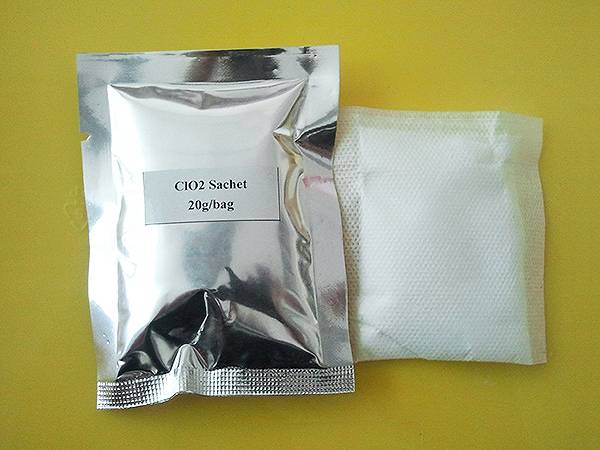



Effective Use of Cationic Polyacrylamide Powder in Water Treatment Applications
The Role of Cationic Polyacrylamide Powder in Modern Applications
Cationic polyacrylamide (CPAM) powder is a versatile polymer widely recognized for its applications in various industries due to its unique properties. As a derivative of polyacrylamide, CPAM possesses cationic functionalities that enhance its ability to flocculate, coagulate, and settle particles in liquids. This article explores the properties, applications, and benefits of cationic polyacrylamide powder, shedding light on its significance in modern technology and environmental management.
Properties of Cationic Polyacrylamide Powder
Cationic polyacrylamide is synthesized through the polymerization of acrylamide, incorporating cationic groups that impart positive charges to the molecule. These charged groups enable CPAM to interact with negatively charged particles commonly found in wastewater, soils, and other materials. The key characteristics of CPAM include
1. High Molecular Weight CPAM typically exhibits a high molecular weight, which increases its effectiveness as a flocculant. The higher the molecular weight, the greater the chain length, allowing it to bridge between particles more efficiently.
2. Solubility Cationic polyacrylamide is water-soluble, making it easy to use in various formulations, from powders to liquid solutions. This solubility facilitates its application in diverse environments, particularly in aqueous systems.
3. Thickening Agent CPAM can function as a thickening agent, enhancing viscosity in applications where improved fluid stability is desired.
4. Biodegradability Depending on its formulation and cross-linking degree, CPAM can be designed to break down over time in natural environments, minimizing potential ecological impacts.
Applications of Cationic Polyacrylamide Powder
The applications of cationic polyacrylamide powder are extensive, and its usage is evident across multiple sectors
1. Water Treatment In municipal and industrial wastewater treatment processes, CPAM plays a critical role as a flocculant. It aids in the aggregation of suspended solids and facilitates sludge thickening, leading to more efficient sedimentation. This not only improves water clarity but also reduces the chemical oxygen demand (COD) of the treated water.
2. Paper and Pulp Industry The pulp and paper industry utilizes CPAM as a retention aid and drainage promoter in the manufacturing process. By enhancing the retention of fibers and fillers, CPAM improves the quality of the final product while reducing water usage.
cationic polyacrylamide powder

3. Mining and Mineral Processing CPAM is applied in mineral processing to improve the settling properties of tailings. Its ability to bind and flocculate fine particles helps in recovering water for reuse, thus promoting sustainable practices in mining operations.
4. Soil Stabilization In agriculture and construction, CPAM is utilized for soil stabilization. It can enhance water retention in soils, reduce erosion, and improve the overall structural integrity of soil by binding particles together.
5. Cosmetics and Personal Care Products Cationic polyacrylamide is also found in cosmetic formulations, where it acts as a conditioning agent. Its film-forming properties provide a smooth texture in creams and lotions, enhancing the product's performance.
Benefits of Cationic Polyacrylamide Powder
The use of cationic polyacrylamide powder brings several advantages
1. Cost-Effectiveness CPAM enhances process efficiency, which translates into cost savings in treatment facilities and industrial processes.
2. Environmental Compliance By improving the separation of pollutants from wastewater and reducing sludge volume, CPAM helps industries meet regulatory standards for effluent discharge.
3. Versatility Its multifunctional properties make CPAM suitable for a wide range of applications, allowing for innovation and adaptability across different fields.
4. Enhanced Product Quality In industries like paper and textiles, CPAM improves the quality of products, leading to better performance and customer satisfaction.
Conclusion
Cationic polyacrylamide powder stands as a significant innovation in materials science, providing vital solutions to some of the pressing challenges faced in water treatment, industrial processes, and environmental management. Its unique properties, coupled with a broad spectrum of applications, underscore its importance in enhancing efficiency and sustainability in various sectors. As industries continue to evolve, the role of CPAM will likely expand, fostering technological advancements while promoting eco-friendly practices.
-
Why Sodium Persulfate Is Everywhere NowNewsJul.07,2025
-
Why Polyacrylamide Is in High DemandNewsJul.07,2025
-
Understanding Paint Chemicals and Their ApplicationsNewsJul.07,2025
-
Smart Use Of Mining ChemicalsNewsJul.07,2025
-
Practical Uses of Potassium MonopersulfateNewsJul.07,2025
-
Agrochemicals In Real FarmingNewsJul.07,2025
-
Sodium Chlorite Hot UsesNewsJul.01,2025










